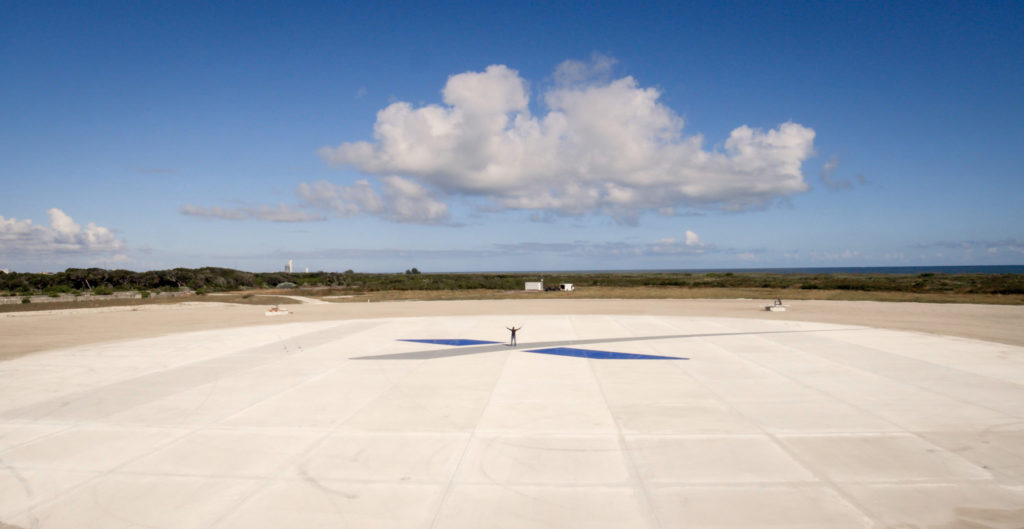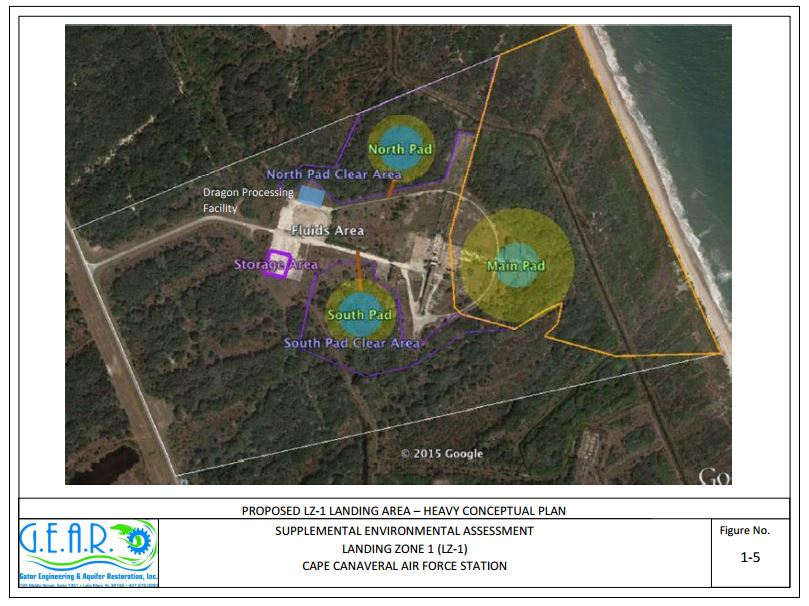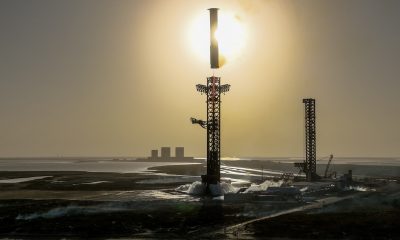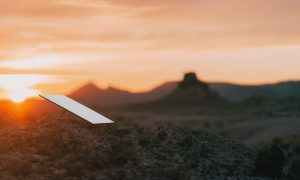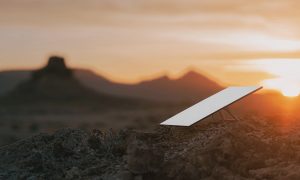SpaceX
SpaceX reveals details on Falcon Heavy landing pad and Dragon facility, in new report
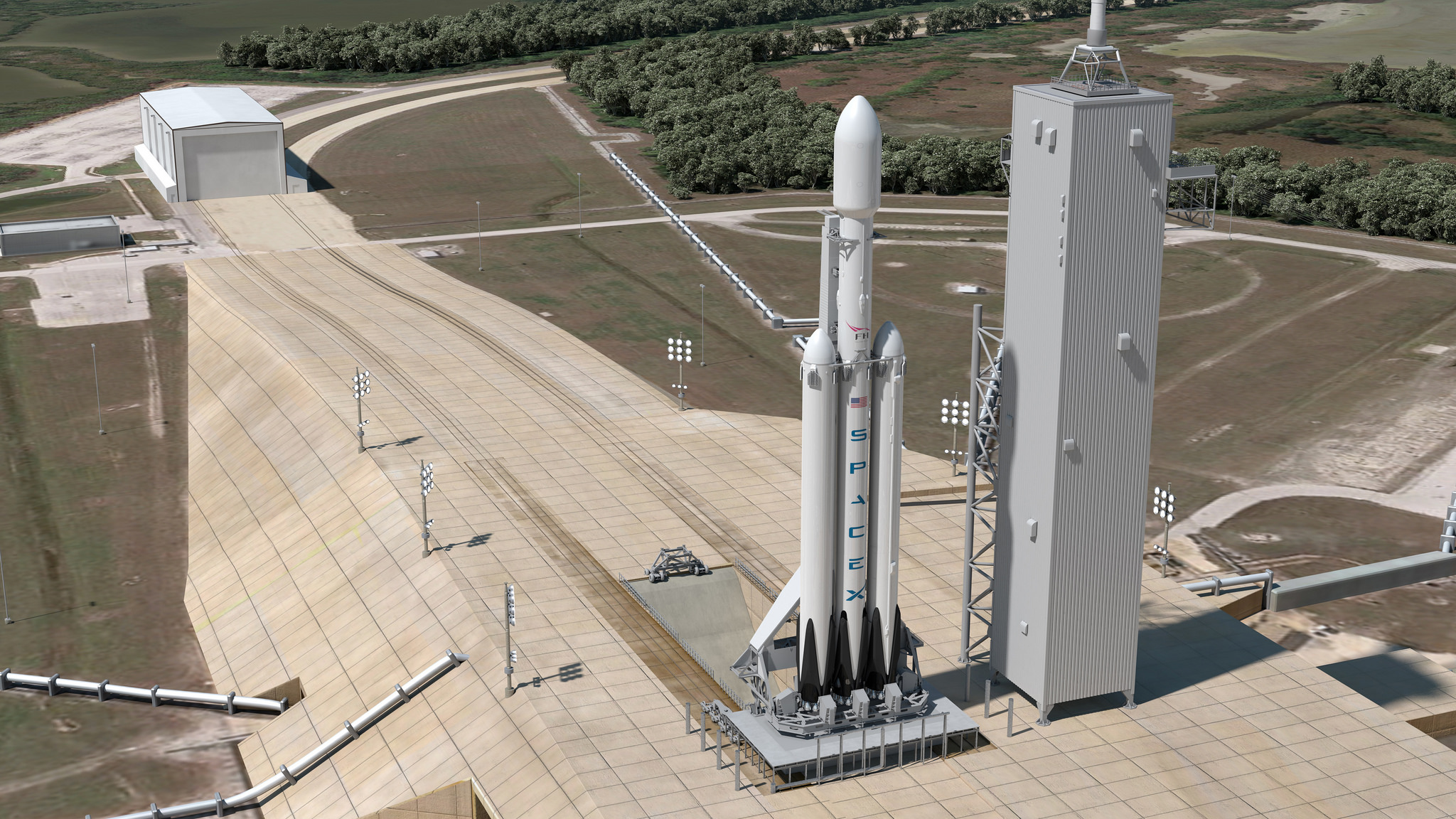
A draft environmental impact report by SpaceX and the 45th Space Wing at Patrick Air Force Base, Florida has been recently released for public review on the environmental section of the Patrick AFB website. The report contains details on proposed new rocket landing pads, the expected sonic boom activity from the planned rocket landings, and information about a proposed Dragon capsule processing facility. The report was originally completed in December 2016.
One of the most ambitious goals of SpaceX’s Falcon Heavy rocket is the triple landing of two first stage boosters and center core onto ground. All three parts together comprise twenty-seven Merlin rocket engines and generate 5.13 million pounds of thrust at liftoff. Each of the first stage boosters is equivalent to the first stage of a Falcon 9 rocket, the landings for which have been successful four times out of the give most recent attempts.
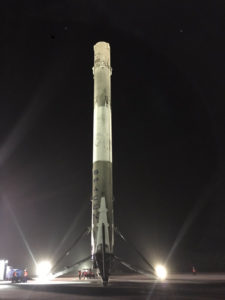
In order to achieve a triple landing with Falcon Heavy from the east coast, SpaceX requires the construction of two new landing pads nearby the existing main pad at Cape Canaveral Air Force Base (CCAFB). According to the environmental report, each new pad will need to be 282 feet in diameter with an additional hard-packed, 50-foot soil “apron” surrounding the pad. The pads will further require a depth of 18 inches in order to withstand the weight and thrust energy of Falcon 9-type landings. All construction activity would take place in the area of CCAFB known as Landing Zone 1/Launch Complex 13.
In the report, SpaceX estimates six possible Falcon Heavy launches per year once development and construction are complete in addition to the previously estimated twelve Falcon 9 launches. A proposal to additionally utilize the landing zone area for a Dragon capsule processing facility is also part of the report which would measure approximately 100 x 130 x 30 feet in size.
The addition of the new landing pads would expand SpaceX’s booster recovery options; however, the company may still utilize autonomous droneships for landing purposes subsequently with the new pads. Even with the droneship option, the report further asserts that without the additional landing pads, reusability of the boosters would suffer due to recovery options only including an ocean splashdown for at least one stage of a Falcon Heavy assembly.
The full report includes complete investigation summaries of the construction and landing impacts on land use, noise, biological resources, historical resources, hazardous materials & waste, climate, and water resources along with other environmental factors.
Of particular interest is the assessment of the sound impacts on local residents. Up to 2 sonic boom events per landing stage could occur over residential areas, totaling 6 sonic booms per Falcon Heavy launch. While the sound levels would fall within mandatory range limitations, the report suggests public awareness efforts in order to “reduce surprise” upon hearing the boom events. The public comments attached as an appendix to the report were highly supportive of SpaceX’s construction proposal and overall mission.
News of the report’s release was originally reported by NASA Spaceflight after it was submitted to a forum following notification by a Patrick AFB official of its publication.
SpaceX
SpaceX pitches subscription model for Trump’s Golden Dome
SpaceX pitched a subscription model for Trump’s Golden Dome. Faster deployment, but at the cost of gov control & steady bills.
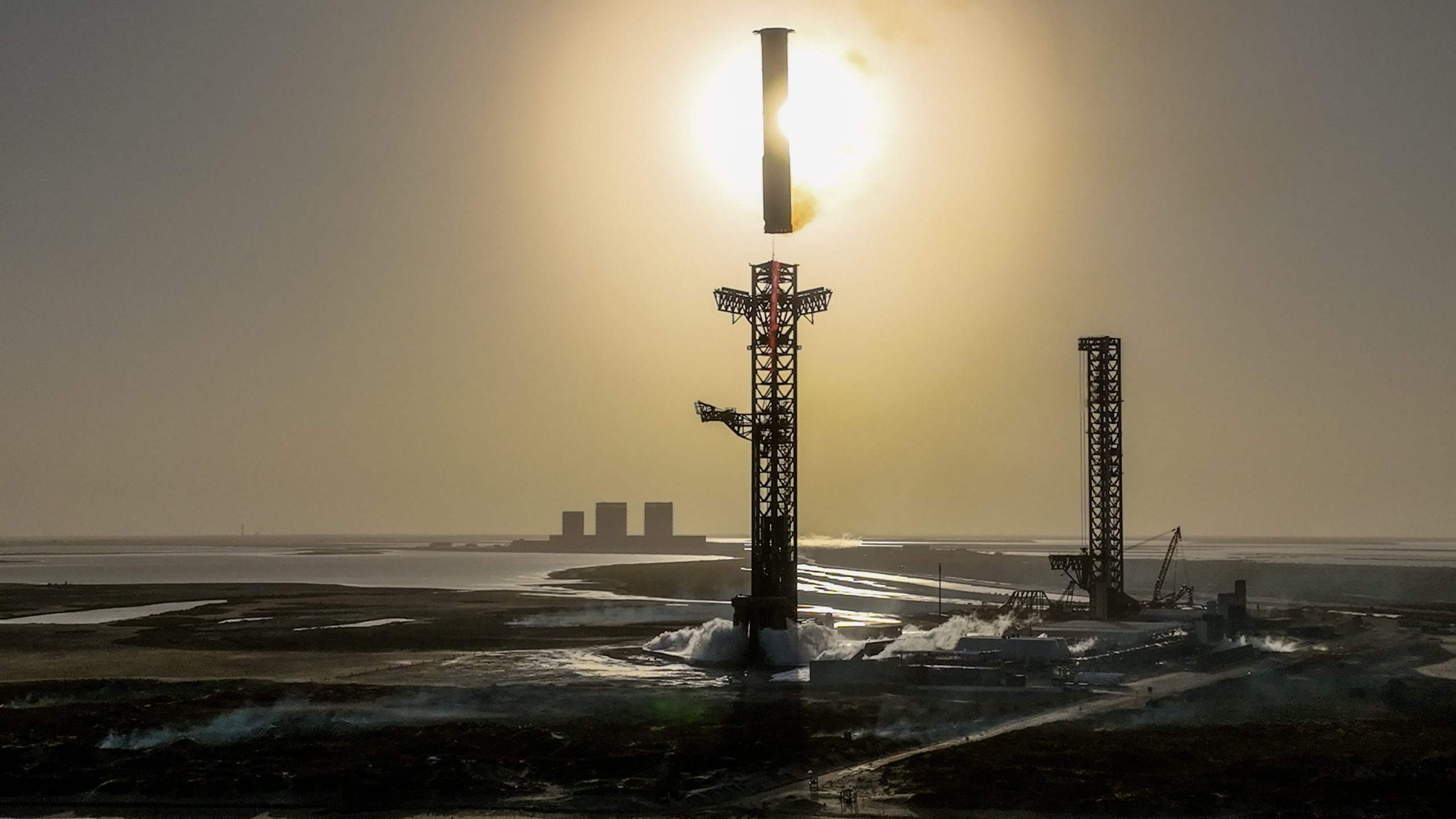
SpaceX pitched a subscription model for U.S. President Donald Trump’s Golden Dome for America.
SpaceX is a frontrunner to build key components of President Trump’s Golden Dome–formerly known as the Iron Dome. In January, President Trump signed an Executive Order to build an Iron Dome missile defense shield to protect America.
The ambitious project has drawn intense interest from defense startups, including Epirus, Ursa Major, and Armada. Companies with long-standing contracts with the U.S. government are also vying to build Trump’s Golden Dome, like Boeing and Lockheed Martin.
According to six Reuters sources, SpaceX is partnering with Palantir and Anduril on a Golden Dome proposal for the U.S. government.
The trio is pitching a plan to deploy 400 to 1,000+ satellites for missile detection and tracking, with a separate fleet of 200 attack satellites armed with missiles or lasers to neutralize threats. SpaceX will mainly focus on the sensing satellites, not weaponization.
SpaceX reportedly proposed a subscription service model for Trump’s Golden Dome, where the government pays for access rather than owning the system outright. This approach could bypass some Pentagon procurement protocols, enabling faster deployment. However, it risks locking the government into ongoing costs and reduced control over development and pricing.
A few Pentagon officials are concerned about SpaceX’s subscription model for the Golden Dome because it is a rare approach for major defense programs. U.S. Space Force General Michael Guetlein is exploring whether SpaceX should own and operate its segment or if the U.S. should retain ownership with contractors managing operations.
The Golden Dome’s innovative scope and SpaceX’s subscription model signal a new era for defense contracting. However, Trump’s Golden Dome program is in its early stages, giving the Pentagon time to consider SpaceX’s subscription model proposal. As the Pentagon weighs options, SpaceX’s technical prowess and unconventional approach position it as a key player in Trump’s vision for a robust missile shield.
News
Bell Canada takes aim at potential Starlink subsidies
Details of Bell Canada’s anti-Starlink efforts were shared by the Financial Times (FT).
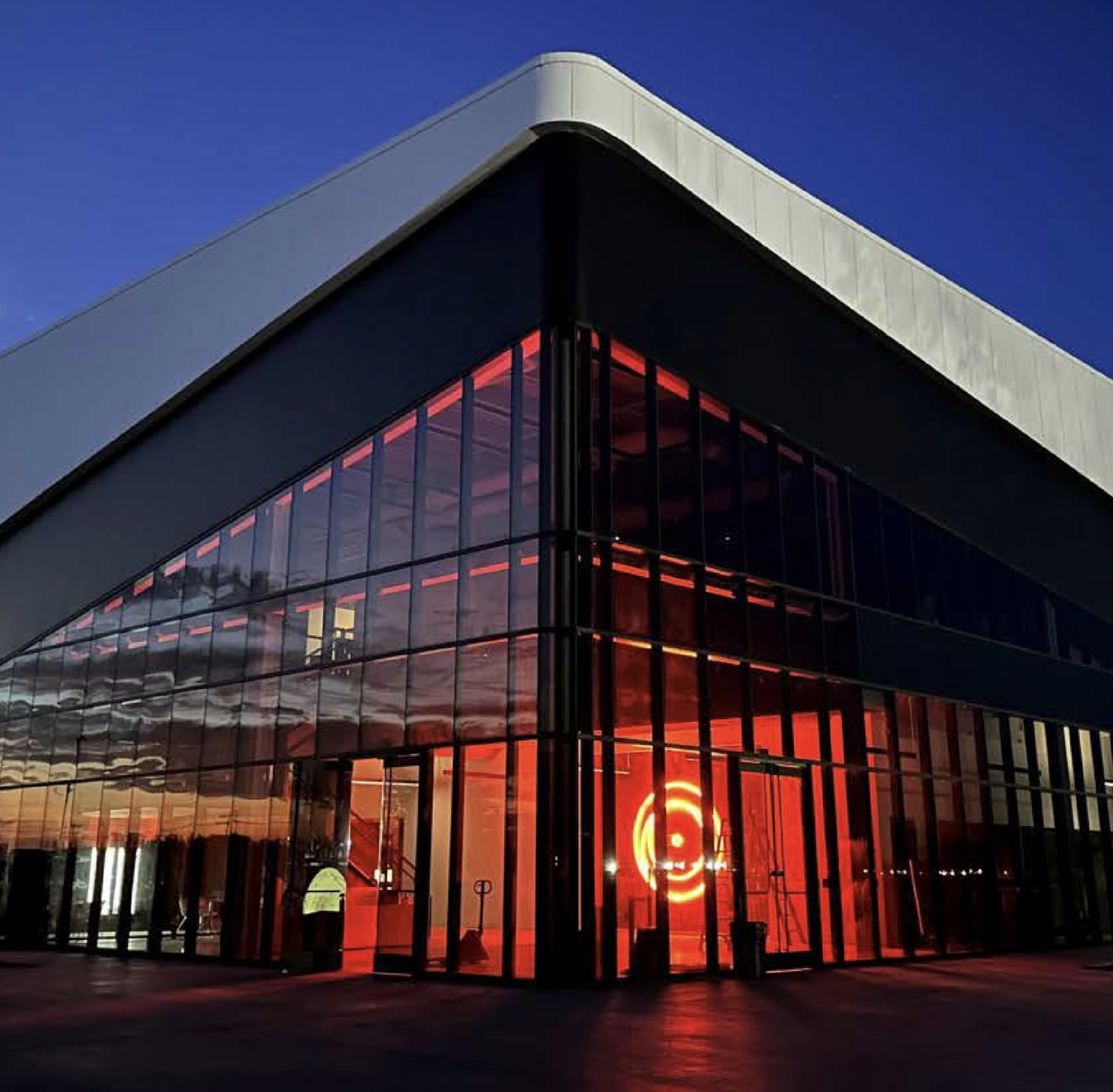
Tensions are rising in Canada’s telecommunications landscape as the nation’s leading telecom provider, Bell Canada, seeks to block Elon Musk’s Starlink from accessing potential subsidies.
Details of Bell Canada’s anti-Starlink efforts were shared by the Financial Times (FT).
Bell’s Push to Block Starlink Subsidies
As noted by the FT, Bell Canada and its subsidiary Northwestel are lobbying against potential subsidies that Starlink could receive for providing internet access to the country’s remote northern regions, including the Arctic. In correspondence obtained by the Times, Bell argued that Starlink’s flat pricing proves that it does not require support to operate in Canada’s remote areas.
A decision about the matter will be announced by the Canadian Radio-television and Telecommunications Commission (CRTC). That being said, the CRTC stated in January that a subsidy would help make “internet services more reliable and affordable for residents of the Far North.”
Starlink’s Defense
SpaceX, Starlink’s parent company, has fired back at Bell, stating that blocking subsidies would harm competition and leave isolated communities such as First Nations groups with fewer, more expensive, and less reliable internet options.
While Canada’s two biggest telecommunications groups, Bell and Rogers, still dominate the country’s internet and phone service market, Starlink has been making progress in its efforts to saturate the country’s remote regions. Starlink received official approval to operate in October 2022, and since then, it has grown its customer base to 400,000 active customers as of last year.
Musk’s Empire Under Fire in Canada
The subsidy clash is part of a broader Canadian backlash against Musk’s ventures, which seems to be fueled by his role in the Trump administration. Apart from Bell’s anti-Starlink efforts, Ontario also axed a $100 million Starlink contract. Quebec has noted that it would not be renewing its Starlink subsidy scheme as well.
Tesla, on the other hand, lost government EV subsidies, with Transport Minister Chrystia Freeland leading the charge. As per Geoff White of the Public Interest Advocacy Center, “We should not be giving one cent of public money to an unaccountable imperialist like Elon Musk.”
News
Tesla China’s first Megapack exports are headed for a big battery in Australia
The Tesla Megapack batteries are bound for Queensland’s Western Downs battery project.
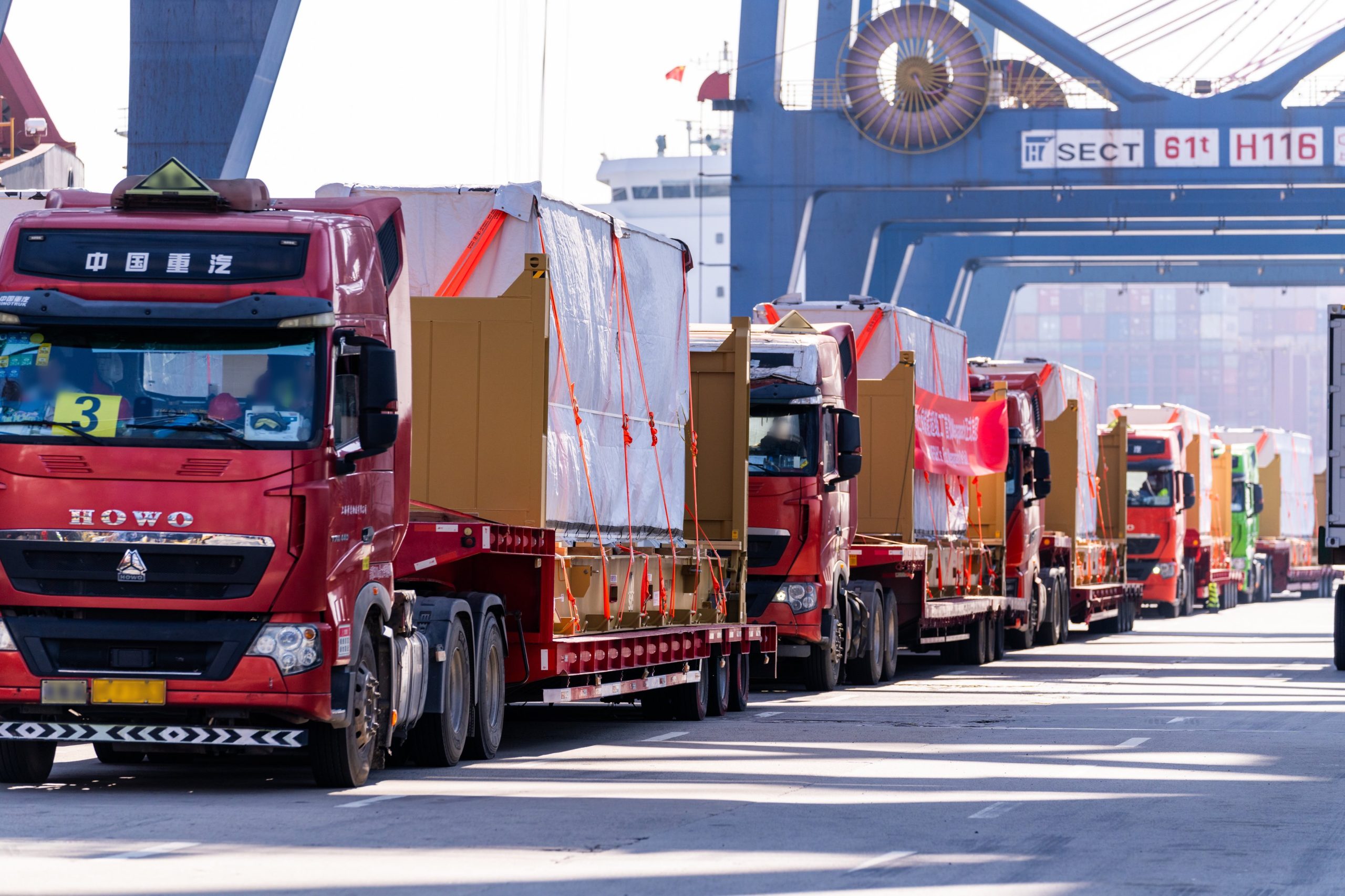
A few days ago, Tesla announced that the first Megapack battery units from its Shanghai “Megafactory” were being shipped to Australia.
As per recent reports, the massive grid-scale Tesla batteries are bound for Queensland’s Western Downs battery project.
The Shanghai Megafactory
The Shanghai Megafactory is Tesla’s first battery storage factory outside the United States. Built close to Gigafactory Shanghai, the Shanghai Megafactory is expected to supply Megapack batteries to both China and foreign markets.
The Megapack represents a huge portion of Tesla Energy’s deployments. With 3.9 MWh of energy, Tesla notes that each Megapack is enough to power 3,600 homes for an hour. The Shanghai Megafactory has a capacity to produce 10,000 Megapacks per year to start.
Mike Snyder, vice president of Tesla, shared his optimism about the Shanghai Megafactory. “Megafactory gives us the ability to scale production and efficiency. We can lower logistics costs as well as product costs, and grow the business to new markets,” he stated.
Australia Battery Projects
As noted in a report from Renew Economy, the first Megapack shipments from the Shanghai Megafactory will be installed in the second stage of the Western Downs battery project, which is being built by Neoen. The Western Downs battery project involves a 460 MWp solar farm coupled with a 540 MW/1,080 MWh big battery system.
Tesla has also been listed as the battery supplier for the upcoming Calala battery in Tamworth, New South Wales, which will involve 138 Megapack units. The Megapacks for the Calala battery will likely be imported from the Shanghai Megafactory as well.
Data from Rosetta Analytics suggests that Tesla is currently the dominant player in Australia’s energy storage segment, with the company holding over 30% of the market. Tesla has become a notable presence in Australia’s energy sector for years, especially following the company’s buildout of the Hornsdale “big battery,” which was initially comprised of Tesla Powerpacks, in 2017.
-

 News2 weeks ago
News2 weeks agoI took a Tesla new Model Y Demo Drive – Here’s what I learned
-
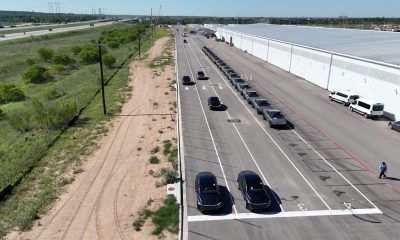
 News2 weeks ago
News2 weeks agoTesla’s Giga Texas vehicles now drive themselves to outbound lot
-
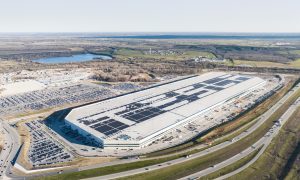
 News2 weeks ago
News2 weeks agoTesla’s ecological paradise near Giga Texas takes shape
-
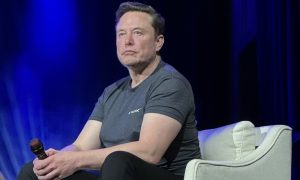
 News2 weeks ago
News2 weeks agoElon Musk and top Trump trade advisor Peter Navarro lock horns over tariffs
-
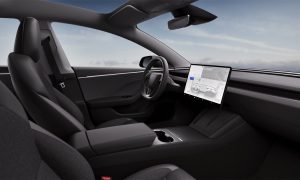
 News2 weeks ago
News2 weeks agoTesla adding new safety features for improved emergency detection
-
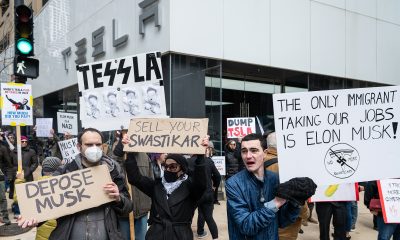
 News2 weeks ago
News2 weeks agoAnti-Musk protester temporarily arrested in Berlin for poster with Nazi salute
-
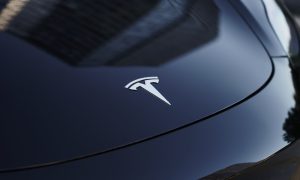
 News2 weeks ago
News2 weeks agoFormer Tesla executive aims to raise $50 million for energy startup
-
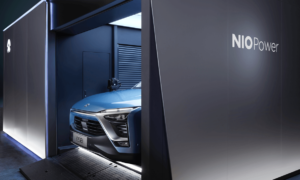
 News2 weeks ago
News2 weeks agoNIO Hong Kong shares rise as CATL eyes stake

